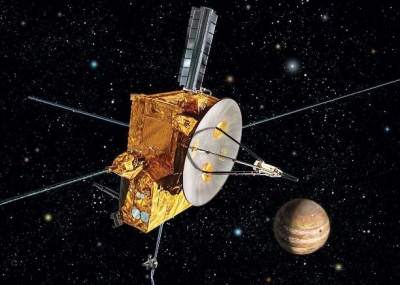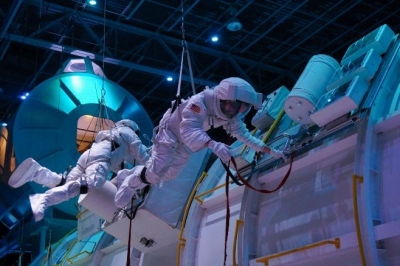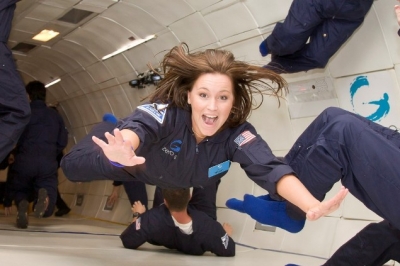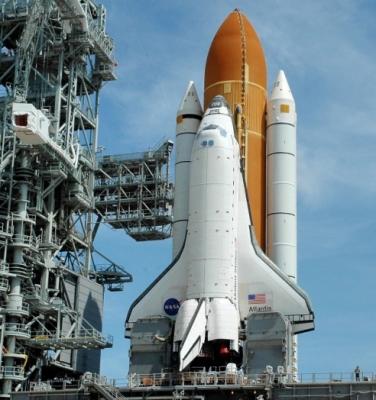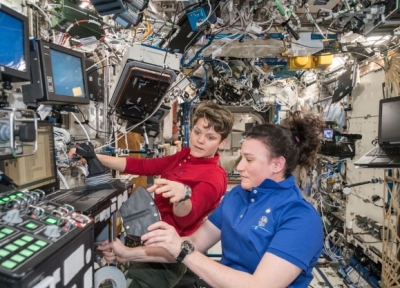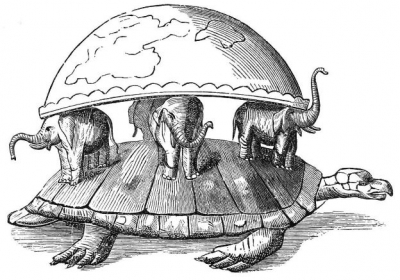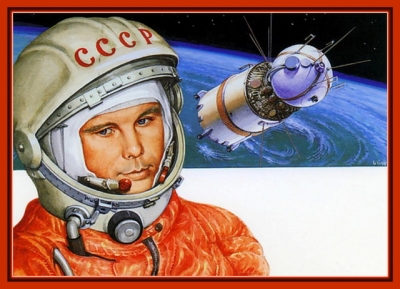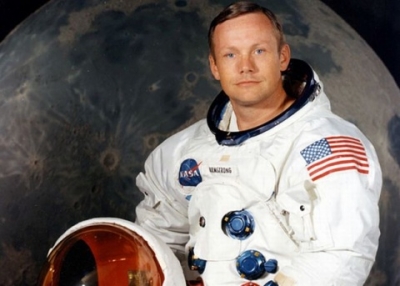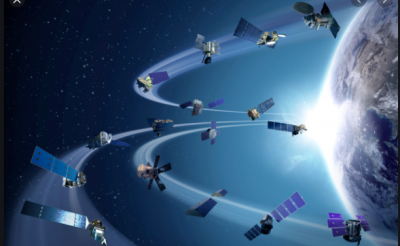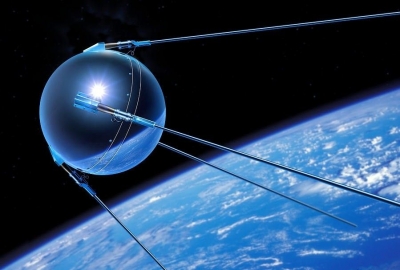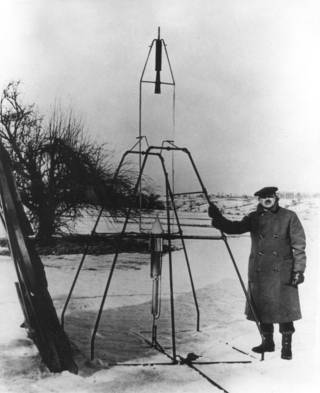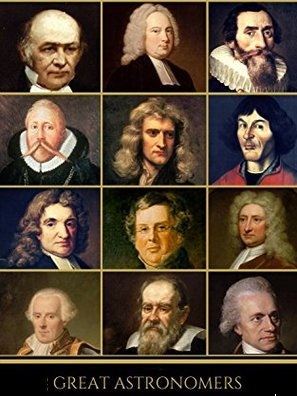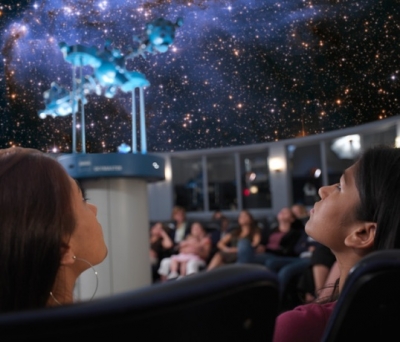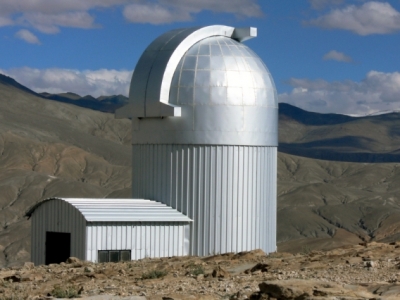Do light waves and sound waves ever die out?
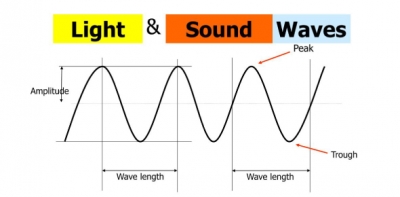
The answer is yes and no. And I am not being deliberately awkward. Sound waves die out, but light waves do not.
Sound waves behave like the ripples on a pond after you have thrown a stone into it. They get weaker and weaker as they move away from the centre. Finally they fade out altogether. Water has a certain amount of friction, which reduces the energy of the waves until it is all used up.
The air has friction too. It is less than the friction in water. But it is friction all the same and it reduces the energy in sound waves in the same way. If sound waves did not die out, it would now be possible to ‘overtake’ them in aircraft that fly faster than the speed of sound. Imagine that! If you flew for long enough and fast enough, you might be able to catch up with some of the great sounds of history – battles, volcanoes erupting, they would all be there.
Light waves are another matter. Friction does not affect them. So if we could travel faster than the speed of light we could see things that happened in the past. There is a snag, though. Light travels at a cool 300,000 kilometres per second! So overtaking that speed is the sort of dream that is going to stay a dream for a very long time to come – probably forever.
Picture Credit : Google
